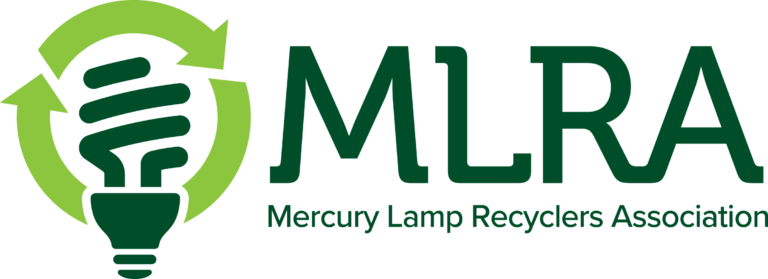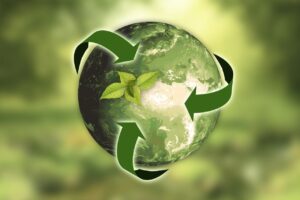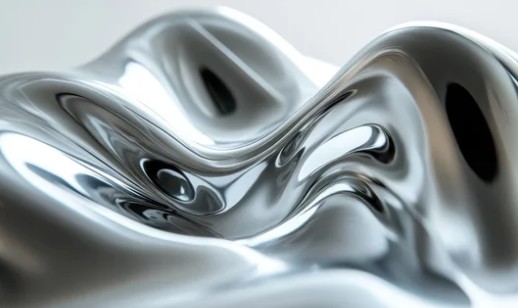Most people don’t think about mercury beyond what they learned in high school science class or when they looked for the little silver line in an old thermometer. But this shiny liquid metal has a dark side. Mercury is toxic—even in small amounts—and once it’s out in the environment, it doesn’t just disappear. That’s why the way we handle mercury at the end of its life is such a big deal.
Mercury turns up in all kinds of everyday items: fluorescent light bulbs, older batteries, thermostats, and even some dental fillings. When these items are tossed in the trash or broken open without proper handling, mercury can escape into the air, water, and soil. That’s when it becomes a health hazard, especially when it turns into methylmercury—a compound that builds up in fish and can seriously hurt brain development, especially in babies and young children.
So what’s the solution? Recycling. Not the kind you do with your soda cans, but specialized processes that safely capture, clean, and reuse or store mercury. And the good news is that we’re making progress. Around the world, governments and industries are taking mercury seriously. Thanks in part to the Minamata Convention—a global treaty aimed at reducing mercury pollution—many countries are now phasing out mercury-based products and improving how the material is collected and recycled.
Technology is also stepping up. New methods like vacuum distillation systems and closed-loop recycling setups make it easier to recover mercury safely. Some recycling centers are even experimenting with robots and AI to break down products that contain mercury, reducing the risk to workers and making the whole process more efficient.
Still, plenty of hurdles remain. In some countries, the infrastructure just isn’t there. Mercury-containing products are often tossed in landfills or burned, releasing dangerous vapors into the environment. Even in places with stricter rules, there’s still a lack of public awareness. Most people don’t realize they’ve got mercury in their homes—or how to properly dispose of it.
And then there’s the question of what to do with mercury that you can’t reuse. Safe, long-term storage is possible, but it’s expensive and not without controversy. No one wants toxic metals sitting around if you can avoid it.
The bottom line? We’ve come a long way in how we manage mercury, but there’s still work to do. Recycling is a crucial part of the solution, especially as we move away from mercury-dependent products. The more we can invest in smarter technologies, better public education, and stronger international cooperation, the safer our environment—and our future—will be.
It’s not a flashy topic. But for those who care about clean water, safe food, and healthy communities, mercury recycling is one issue that deserves a little more attention. And we have been at the forefront of this effort. If you’re unsure where to turn for safe recycling of mercury products, you can learn more here: https://earth911.com/





